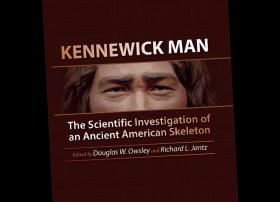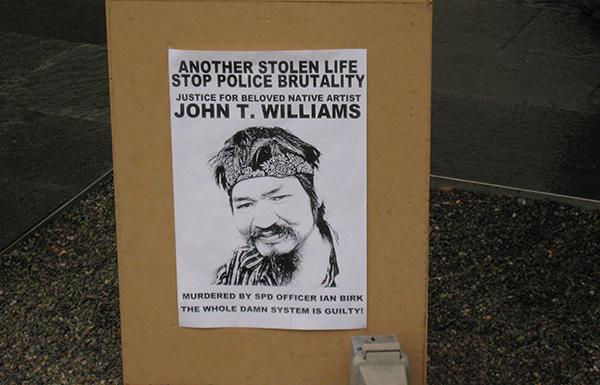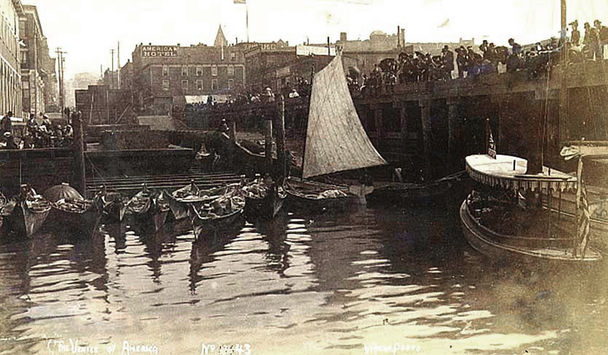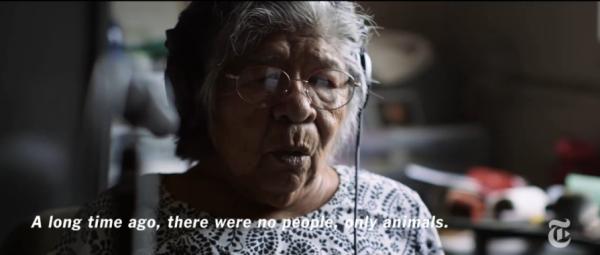By Kari Bray, Herald
ARLINGTON — The Stillaguamish Tribe finally has a reservation, a federal designation tribe leaders say is long overdue.
The reservation spans 64 acres from the Angel of the Winds Casino to 236th Street Northeast.
“It kind of gives us that anchor on the map,” tribal Chairman Shawn Yanity said.
A reservation is an area recognized by the U.S. government as a permanent homeland for a Native American tribe. A tribe can be recognized by the government without having a reservation.
There are nearly 300 members of the Stillaguamish Tribe. It’s been 38 years since the tribe gained federal recognition, and at least 28 since leaders first tried to establish a reservation.
Their first attempt was rejected by the U.S. government because one of the properties did not meet all the requirements for being a tribal trust land, meaning the federal government owns the land but the tribe manages its use.
For years, the tribe stopped pushing for a reservation.
“Things had stalled due to many factors,” Yanity said, including “the inner workings with the (U.S.) Department of the Interior and the tribe’s leadership at the time.”
The Stillaguamish built the Angel of the Winds Casino on tribal land where gaming was permitted under federal law. Members of the tribe found homes throughout Snohomish County, many in Arlington, Stanwood and Marysville.
Establishing a reservation was put on hold. It’s a lengthy process with no guarantee of success.
But this year, the Stillaguamish tried again, and succeeded.
The U.S. Bureau of Indian Affairs released its Stillaguamish Reservation Proclamation on July 30.
“It lets people know we’re obviously here. It encompasses the area that is already commercialized around the casino,” said Jon Hare, who manages real estate for the tribe. “I think really what it does is put a bold line on it jurisdictionally.”
Having a reservation doesn’t change much for day-to-day operations in the tribe, Yanity said. But it’s part of the process for pulling the tribe together and centralizing services like public safety, healthcare and a community center.
Tribal trust lands are somewhat scattered, Hare said, but the tribe hopes to unify.
“We really just want to have the land and make it all one piece instead of all these scattered parcels,” he said. “I think the tribe, now that there’s a reservation, we’re not scattered and we know where we want to plan.”
Having a reservation can also help the tribe qualify for grants or public safety funding specifically earmarked for reservations, Yanity said.
The tribe may try to expand the Stillaguamish Reservation in the future. “We started small, but if the tribe wants, they can do the process all over again to add more property,” Hare said.
New housing and a community center are planned on 80 acres of land east of Angel of the Winds Casino, Yanity said. The planned development eventually could be added into the reservation. The tribe would also like to have a clinic on its reservation, he said.
“It’d be nice to be able to expand, but right now we have a lot of other things we’re trying to focus on,” he said.
A 125-room hotel, a gift shop and a smoke shop are under construction adjacent to the casino. The hotel is scheduled to open by spring 2015. Roadwork is also planned around the casino to patch up and widen streets and add lighting.
“It’s nice to keep most of our main infrastructure as close together as we can,” Yanity said.
Pulling tribal services together also lowers costs because resources can be concentrated in one area, he said.
The tribe could have become centralized without creating a reservation, but the designation is a solid starting place, Hare said.
“The main reason to do this is to show you’re established,” he said. “To have one, I think it’s kind of a historical thing.”
The Stillaguamish Tribe was one of more than 22 that signed the Point Elliott Treaty of 1855, handing over several million acres to the U.S. government for minimal compensation. The Stillaguamish kept their fishing rights and gained federal recognition as a tribe in 1976.
Though most of the tribes in Washington now have reservations, at least three are still working on designating land and gaining approval, according to the Governor’s Office of Indian Affairs.


















